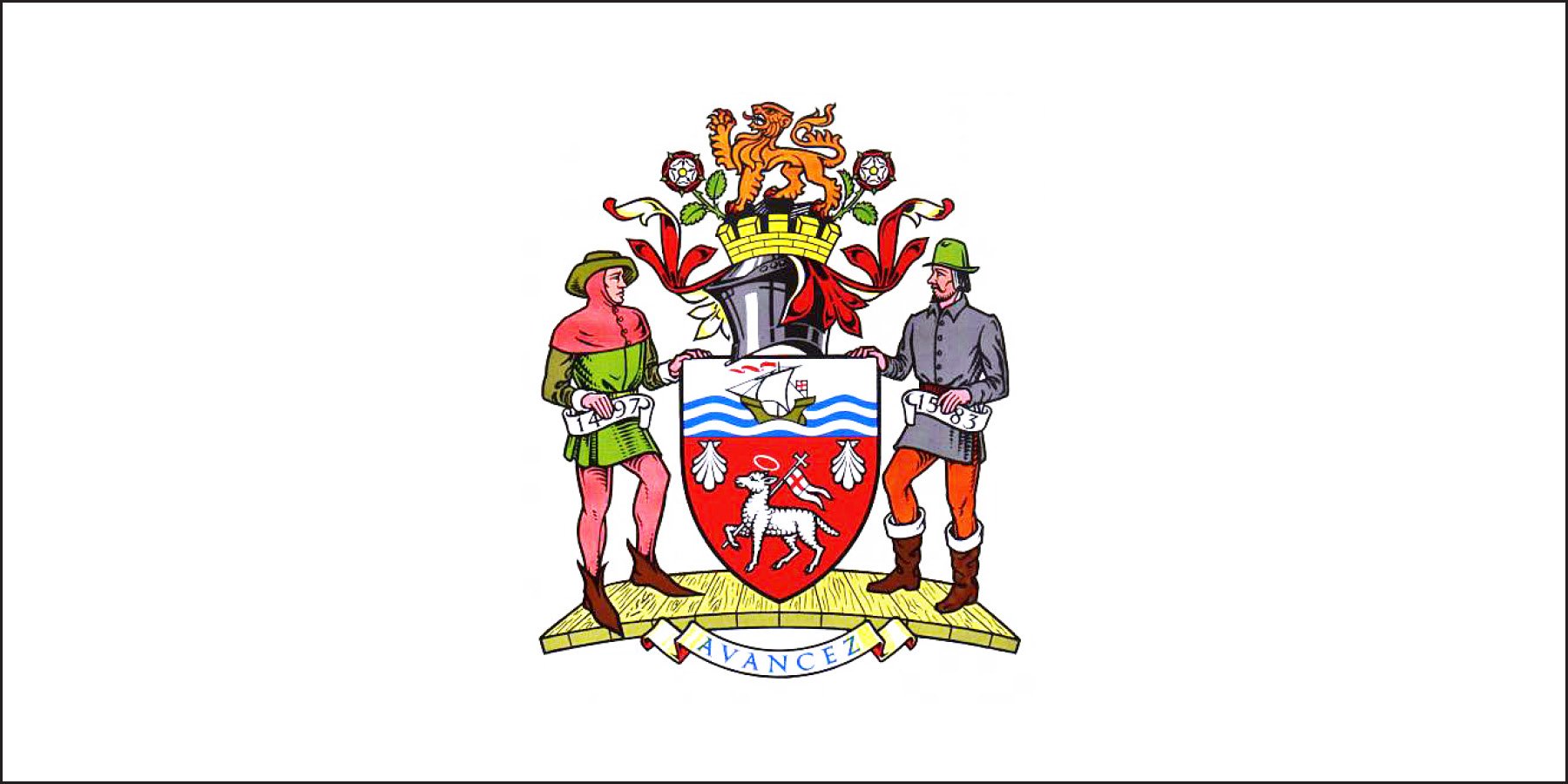Search
How St. John’s got its name is a mystery open to much dispute. There are several theories.
History of our name
A popular theory is that John Cabot named St. John’s as a result of visiting the port on St. Jean the Baptist Day - June 24th. But given the notion that Cabot made landfall in Bonavista that day, it seems unlikely.
The most likely theory gives credit to Portuguese explorer Gaspar Corte-Real. Corte-Real first visited Newfoundland in 1500. There is some validity to this theory. The earliest record of the place name appears on a Portuguese map by Rienel, 1519, as Rio de San Johem. Corte-Real, or one of his contemporaries, paid a brief visit to the harbour, saw the distant Waterford River, and named it St. John’s River. Hence the apostrophe “s” in the name.
It appears that Parkhurst was the first person to record the common spelling. He was an English Merchant who made four voyages to Newfoundland in the 1570's.
There is also the possibility that the place was given its name by one of the early English mariners. Not far from where Cabot sailed from in England is the Church of St. John the Baptist, known as St. John’s- on- the-Wall. Many of the sailors on those early vessels must have come from the British parish of St. John’s and they may have named the popular port in honour of it.
Another theory comes from Judge G.R.F. Prowse, a noted historian. Prowse theorized that Cabot called his landfall the Isle of St. John’s to commemorate the feast day. Based on his study, he concluded that the name St. John’s Isle became associated with an indefinite part of the east coast of Newfoundland. He says the name could have been short lived, but may have also been associated with the harbour. Sailors used the harbour as their first and last port of call. Prowse maintains that it would have been known as the "harbour of St. John’s Island" which could account for the possessive form, St. John’s, instead of St. John.
Extracted from the book: O’Neill, Paul. (1975). The Oldest City, The Story of St. John’s, Newfoundland. Erin, Ontario: Press Porcepic.
| Year | Name | Attribution |
|---|---|---|
|
1519 |
Rio de San Johem |
Rienel |
|
1527 |
Haven of St. John |
Rut |
|
1546 |
Sam Johem |
Freire |
|
1555 |
Sainct Johan |
Le Testu |
|
1578 |
St. John's |
Parkhurst |
|
1583 |
St. John's |
Hayes |
|
1610 |
S. Jones |
Velasco |
|
1620 |
Saint Johns |
Mason |
|
1588-1622 |
St. John's |
Whitbourne |
|
1680 |
St. Ieans Harbour |
Visscher |
|
1689 |
St. John's Harbour |
Thorton |
Official Crest (Coat of Arms)
The coat of arms of the City of St. John's was granted on March 1, 1965.
Official Crest description
"Gules a Paschal Lamb proper between two chief Escallops Argent a Chief of the last charged with an ancient Ship sail set pennon and flag flying upon Water Barry wavy proper And for the Crest Issuant from a Mural Crown or a Rocky Mountain Sable thereon a Lion passant or between two Roses Gules each charged with another Argent barbed seeded slipped and leaved proper, Mantled Gules, doubled Argent. On either side a male figure the dexter habited as a Mariner of the Fifteenth Century holding an Escroll Argent inscribed thereon the numerals 1497 Sable and the sinister habited as a Mariner of the late Sixteenth Century holding a like Escroll inscribed 1583."
Memorial University interpretation
The saint after which the city is named is symbolized on the shield by the lamb, carrying a banner bearing St. George's Cross, and scalloped shells. The ship, sailing on waves at the top of the shield, refers to the province's early discoverers and explorers. The shield is supported on the left by a mariner of the fifteenth century bearing the year the island was discovered by Cabot. The supporter on the right is a mariner of the late sixteenth century, bearing the date 1583 - the year Sir Humphrey Gilbert claimed the island for England. The stone wall of the crest stands for civic authority, while the lion and roses refer back to the city's British heritage. "Avancez" or "advance", the City's motto, can be seen at the base of the coat of arms.
Contact Us






